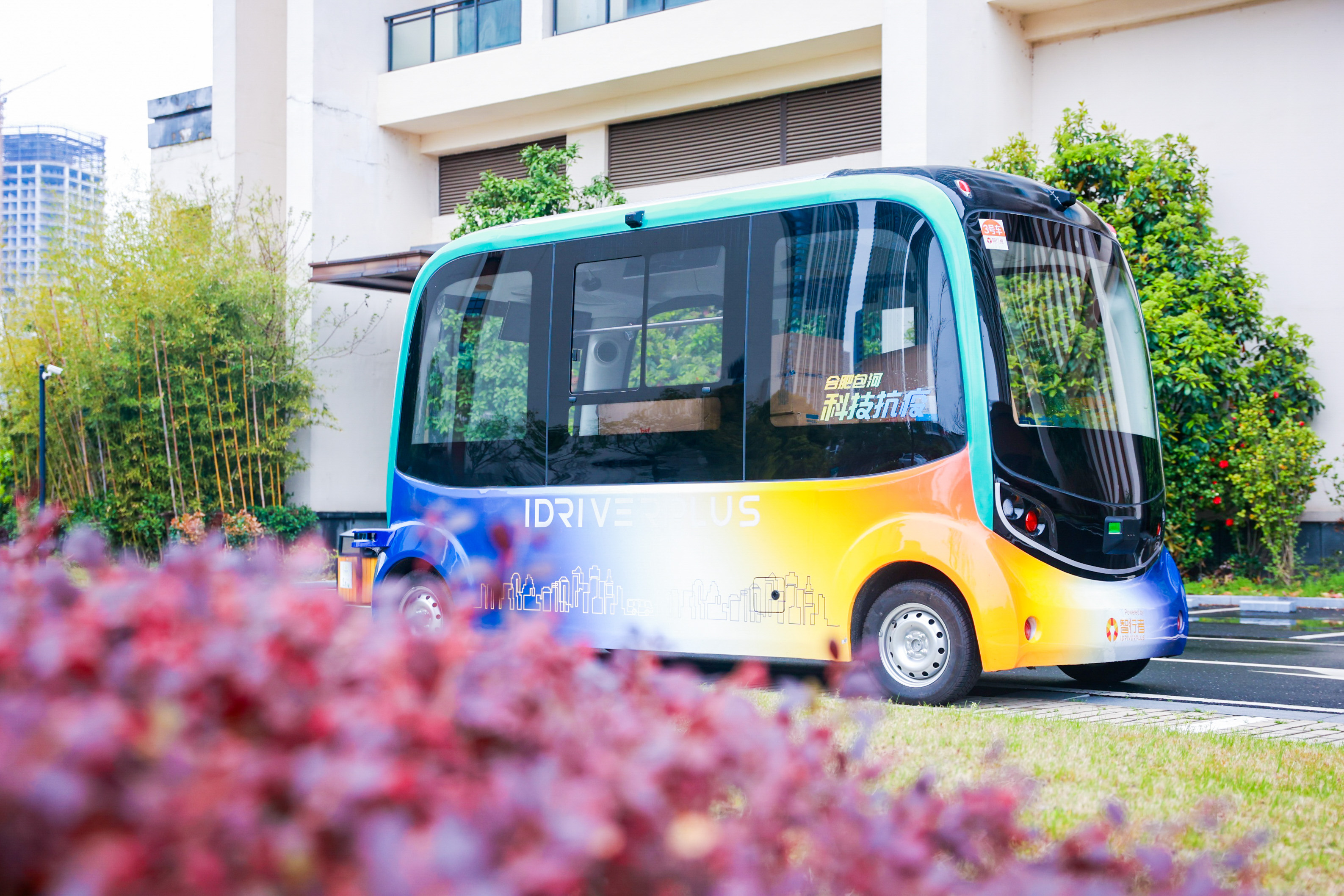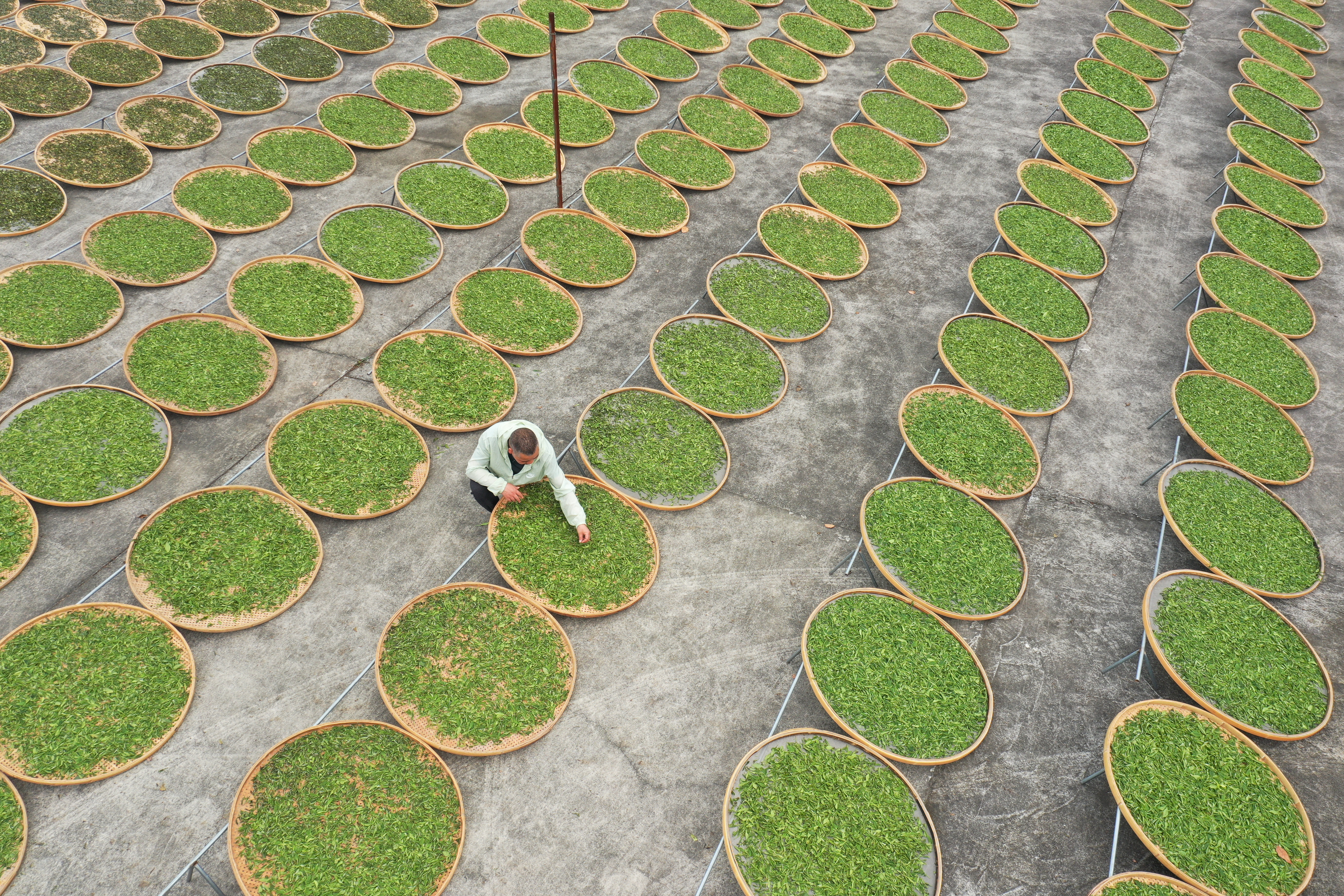Autonomous Driving Equipment to Get a ‘New Brain’
An autonomous driving bus was delivering supplies to a quarantined hotel in Hefei, east China's Anhui province. (PHOTO: XINHUA)
By Staff Reporters
An efficient method for extracting 3D point cloud data has been proposed by scientists from China and Portugal to realize rough registration and localization, which means installing a “new brain” into autonomous driving equipment. The research result has been recently published in ISPRS Journal of Photogrammetry and Remote Sensing online.
3D Point cloud is a large collection of data points in 3D space, which is key to realizing 3D building of the ground and autonomous driving equipment. Localization refers to determining the accurate position of the vehicle on the map, whereas registration is a technique to do so by matching real-time LiDAR scans to the map.
The registration algorithm is more applied in the estimation of relative position and pose, and the building of complete 3D environment, whereas the localization algorithm is the foundation of sensing, planning and controlling through known information about the environment.
Current point cloud registration and localization need to deal with big data operation consumption and how to realize a balance between the algorithms and spatial precision.
“This approach could help autonomous driving equipment sense and rebuild the surrounding environment in real time, and identify their current position and pose,” said Li Jianwei, lead researcher of the study at Fuzhou University in southeast China’s Fujian province.
The new method could make the registration of autonomous driving equipment achieve a success rate of over 96 percent, making it one of the best registration methods in the field. The success rate of localization also reached more than 91 percent, with a greater uplift than before.
Thanks to its high calculation speed, the new method could also make autonomous driving equipment more adaptable, creating a broader prospect for its application in robot path finding, autonomous driving and augmented reality, said Li, adding that the method innovatively realized the efficient fusion of different approaches in terms of feature extracting, meeting the requirements for position and pose in larger scenes, shorter time and higher precision.



